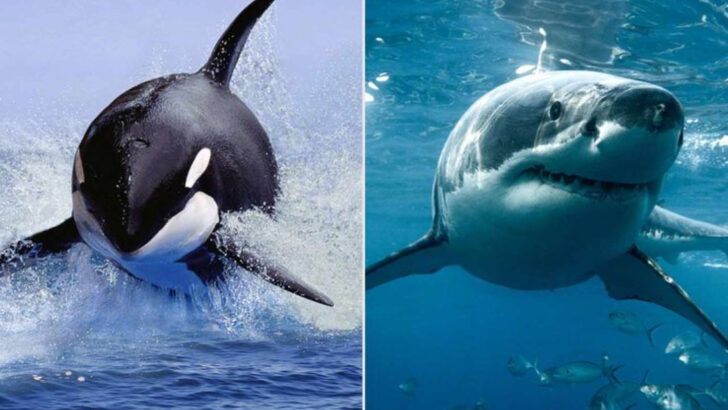Only one predator makes even the Great White Shark back down—and it’s not who you’d expect.
The ocean isn’t big enough for two apex hunters. In one corner: the Great White, all teeth, terror, and raw instinct. In the other: the Killer Whale, a master strategist with brains, brawn, and backup.
This isn’t just a battle of bite force or body size. It’s a war of tactics, teamwork, and pure underwater dominance.
We’re diving into 15 jaw-dropping reasons why one of these giants truly rules the deep. Spoiler: it’s not just about who has the bigger bite.
Size and Strength

The killer whale, or orca, stands out with its impressive size and strength. Weighing up to 6 tons and stretching 20-26 feet long, it overshadows the great white shark. This physical prowess allows it to tackle large prey, from seals to whales.
Great whites, majestic as they are, typically weigh around 2.5 tons and measure 11-16 feet. While formidable, their size pales compared to the orca’s.
In the aquatic realm, size often equates to dominance, and the orca’s robust build clearly gives it an edge in the oceanic hierarchy.
Social Structure
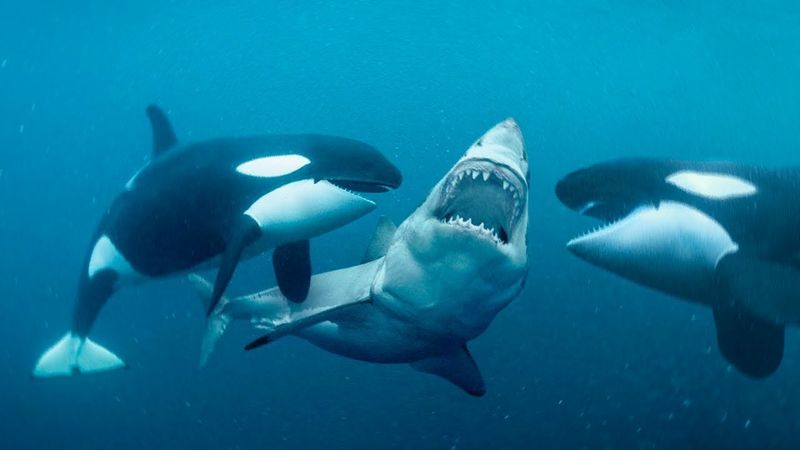
Killer whales are known for their intricate social structures. Living in pods, they exhibit complex social behavior, communication, and hunting strategies. Each pod has unique vocalizations, akin to a dialect.
Great white sharks, by contrast, are solitary predators. They occasionally congregate around abundant food sources but lack the intricate social dynamics of orcas.
The pod system of orcas fosters cooperation and shared knowledge, which enhances their hunting success and adaptability in diverse environments.
Hunting Techniques
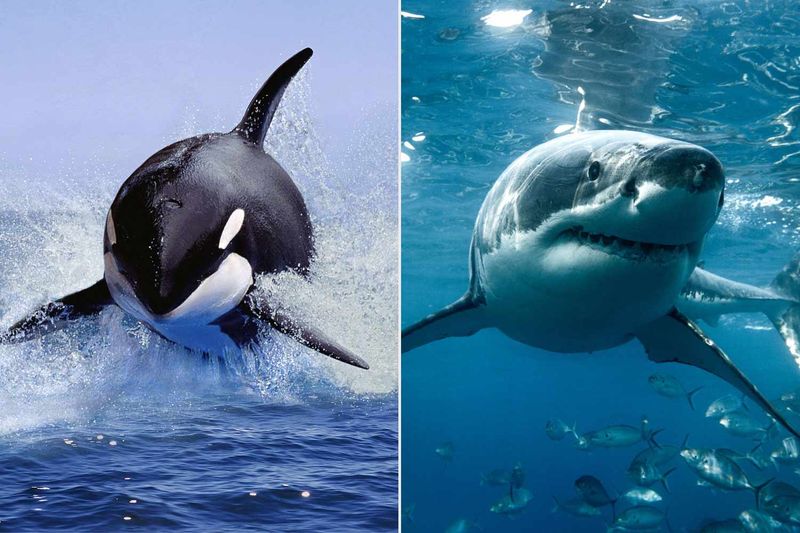
Killer whales are strategic hunters, employing sophisticated techniques like wave-washing to capture prey. This method involves creating waves to dislodge seals from ice floes.
Great whites rely on ambush tactics, utilizing speed and surprise to catch prey. While effective, these methods lack the collaborative complexity seen in orcas.
The innovative hunting strategies of killer whales reveal a level of intelligence and adaptability that allows them to dominate various marine environments.
Diet Diversity

Orcas boast a varied diet, consuming fish, squid, birds, and even other marine mammals. This versatility enables them to thrive in different oceanic regions.
In contrast, great whites primarily hunt marine mammals like seals and sea lions. While they occasionally consume fish, their diet lacks the diversity of the orca’s.
Dietary adaptability is crucial for survival and success in the ocean. Killer whales’ ability to exploit multiple food sources underscores their supremacy.
Intelligence and Learning
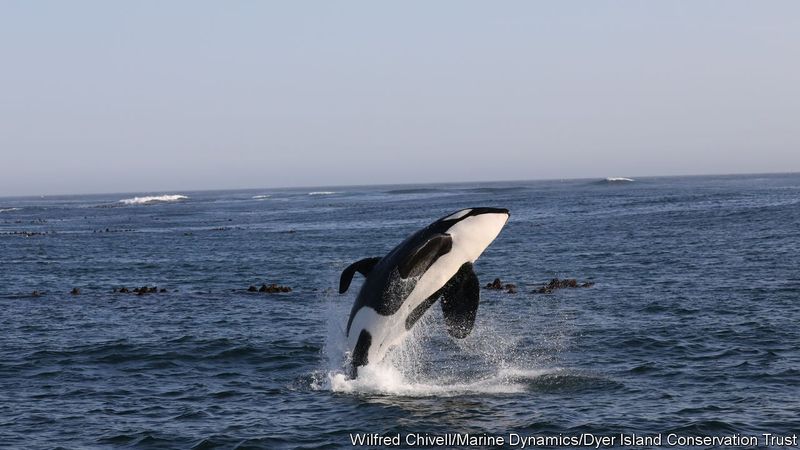
Killer whales are renowned for their intelligence, capable of learning from experiences and even mimicking human actions. This cognitive ability is a testament to their adaptability.
Great whites, while skilled hunters, do not exhibit the same level of problem-solving or learning from experiences as orcas.
The intellectual prowess of killer whales facilitates survival, enabling them to adapt tactics or strategies for success in diverse situations.
Lifespan and Generational Knowledge
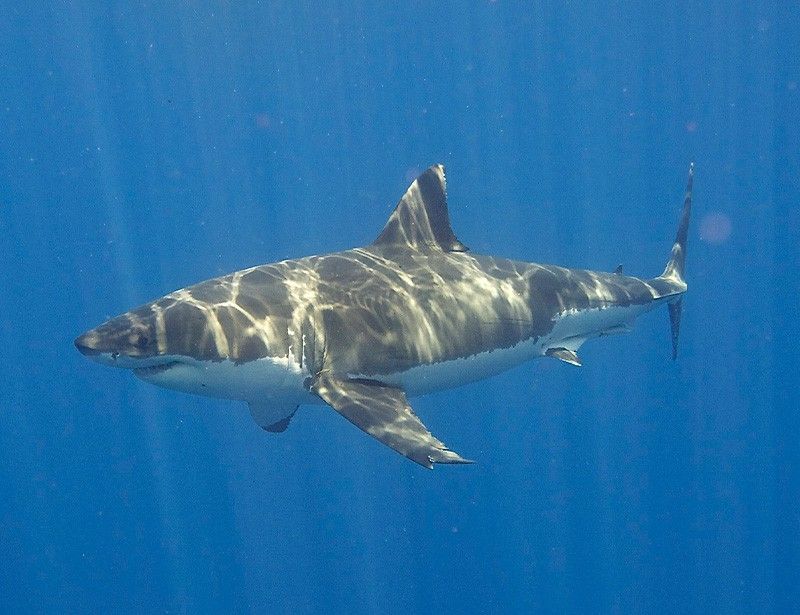
Killer whales can live up to 90 years, allowing for the accumulation and transfer of generational knowledge. Older orcas play a crucial role in guiding younger individuals within their pods.
Great whites have a shorter lifespan, averaging around 70 years, with fewer opportunities for generational learning.
The longer lifespan of orcas fosters a rich repository of knowledge, enhancing survival skills and adaptability across generations.
Speed and Agility
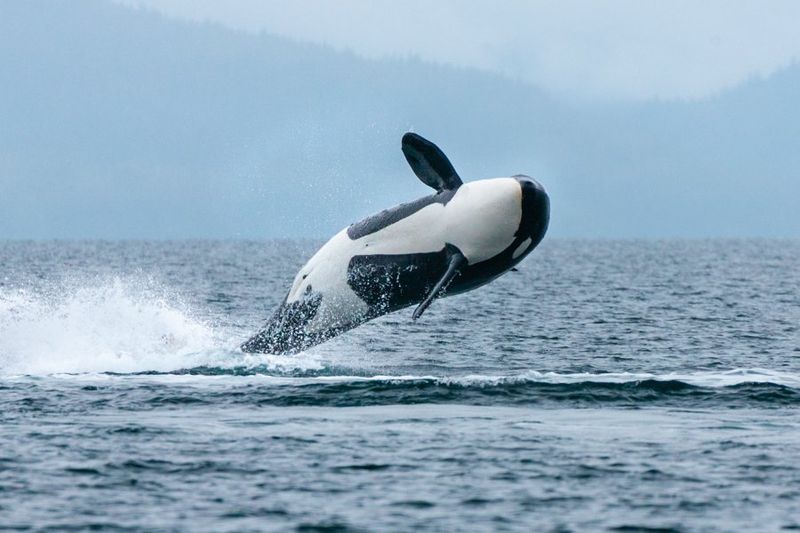
Despite their size, killer whales are remarkably fast and agile swimmers. They can reach speeds of up to 34.5 mph, enabling them to chase down swift prey.
Great whites, though swift, reach speeds of only about 25 mph. This difference highlights the orca’s superior agility in aquatic pursuits.
In the vast ocean, speed can determine the success of a predator. The killer whale’s swift movements enable it to excel in hunting and navigating its environment.
Communication Skills
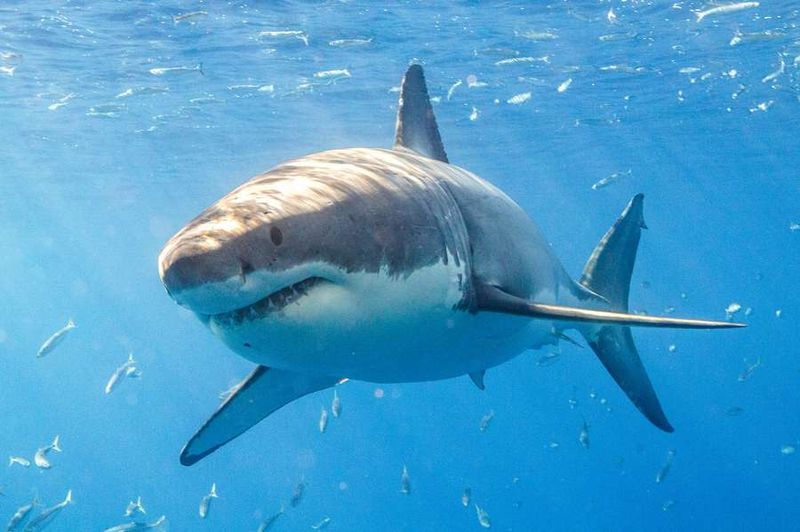
Orcas are master communicators, utilizing a wide range of sounds for interaction. Their vocalizations serve various purposes, from hunting coordination to social bonding.
Great whites, by contrast, are relatively silent, relying on body language and environmental cues rather than vocal sounds.
Effective communication enhances cooperation and adaptability. The killer whale’s sophisticated vocal abilities are integral to its success in diverse marine habitats.
Tool Use
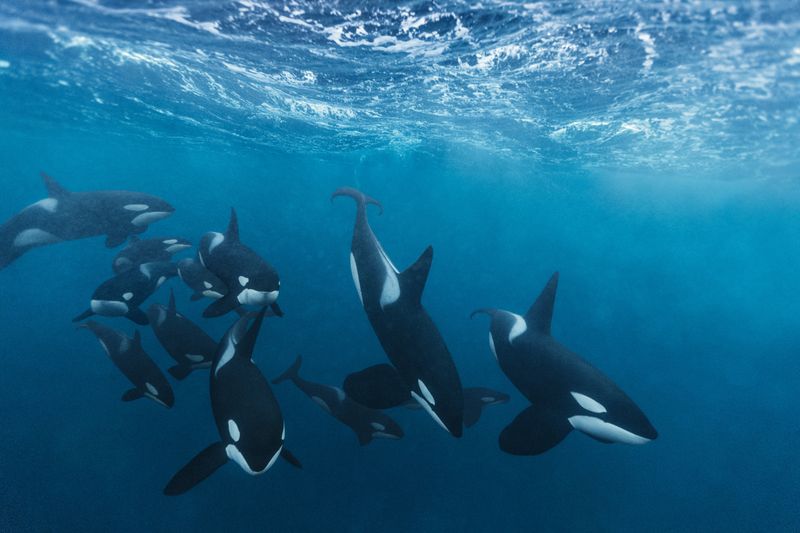
Killer whales have been observed using tools, a behavior that underscores their intelligence and adaptability. For instance, they may use sponges to protect their snouts while foraging.
Great whites have not demonstrated tool use, focusing instead on instinct-driven hunting techniques.
The ability to use tools reflects a higher level of cognitive function. This trait enhances the orca’s capability to adapt to different challenges in the ocean.
Playfulness and Culture
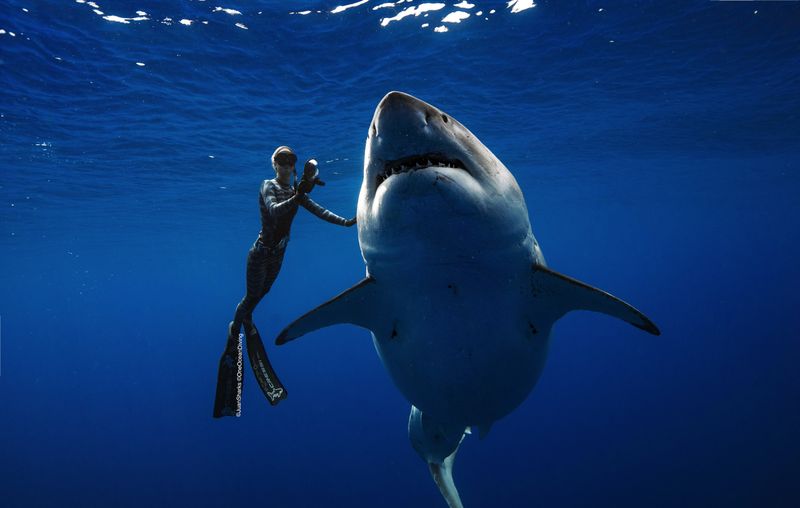
Orcas exhibit playful behavior that suggests a rich cultural life. Activities like breaching and tail-slapping serve recreational and social purposes.
Great whites, though occasionally playful, don’t display the same cultural depth or variety seen in orcas.
The playful and cultural aspects of killer whales contribute to their social cohesion and adaptability, enabling them to thrive in diverse environments.
Parental Care
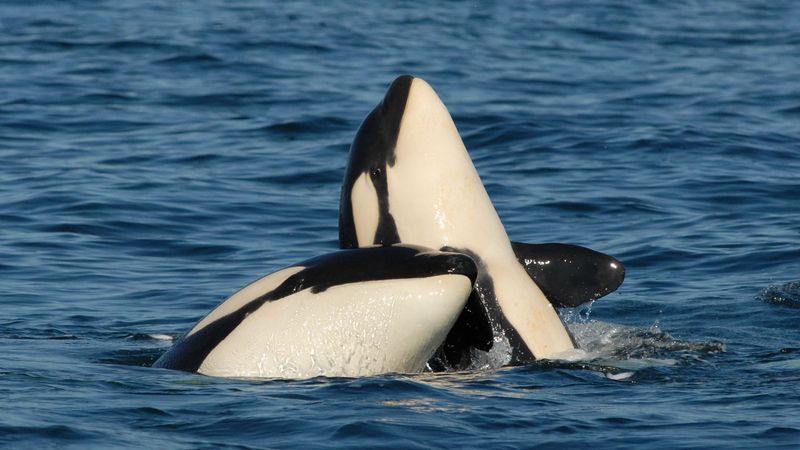
Killer whales exhibit strong parental care, with mothers nurturing calves for up to two years. This extended care helps calves learn essential survival skills.
Great whites provide no post-birth care, leaving young sharks to fend for themselves from birth.
The killer whale’s nurturing behavior ensures that young orcas are well-equipped for survival, contributing to their long-term success in the ocean.
Adaptability to Environments
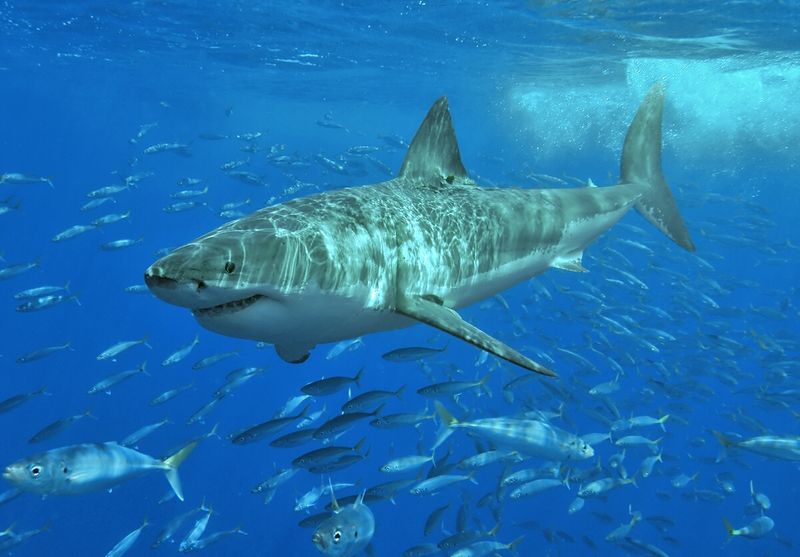
Orcas are found in diverse habitats, from polar regions to tropical waters. This adaptability is key to their widespread success.
Great whites prefer temperate coastal waters, limiting their range compared to the versatile orca.
Environmental adaptability allows killer whales to exploit a wide range of ecosystems, underscoring their dominance as oceanic predators.
Predator Status
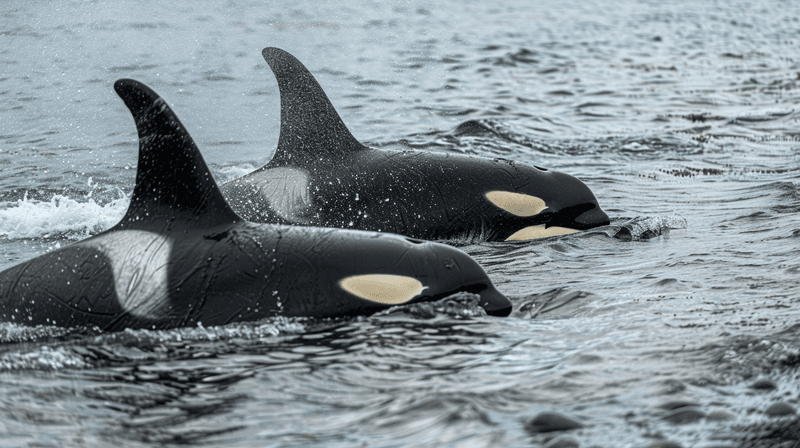
Killer whales are apex predators, sitting at the top of the food chain. They have been known to hunt sharks, including great whites.
Great whites are formidable, yet they fall prey to orcas, highlighting the killer whale’s superior status in the marine hierarchy.
The orca’s position as an apex predator reinforces its dominance and adaptability across various oceanic landscapes.
Migration Patterns
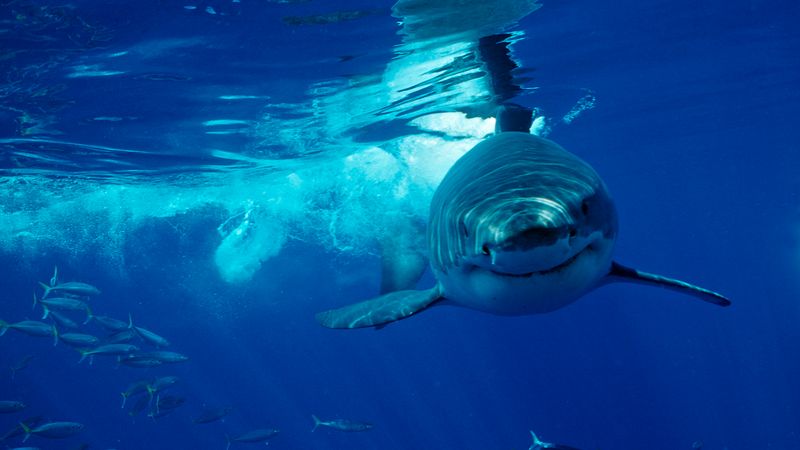
Orcas exhibit complex migration patterns, traveling vast distances in search of food and optimal breeding grounds. Their movements reflect an advanced understanding of oceanic conditions.
Great whites also migrate, but their routes are typically less intricate and extensive than those of orcas.
Such migration allows killer whales to exploit seasonal resources, enhancing their adaptability and survival across changing environments.
Eco Impact
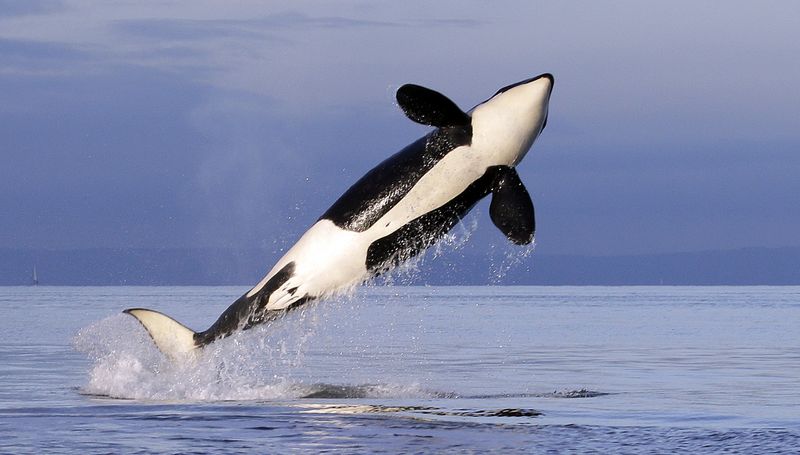
Killer whales play a crucial role in maintaining marine ecological balance. As apex predators, they help regulate prey populations, ensuring healthy ecosystems.
Great whites also impact their environments, but orcas, through their diverse diet and social structures, exert a broader influence.
The killer whale’s ecological role highlights its importance in ocean health, contributing to its status as a dominant marine species.

